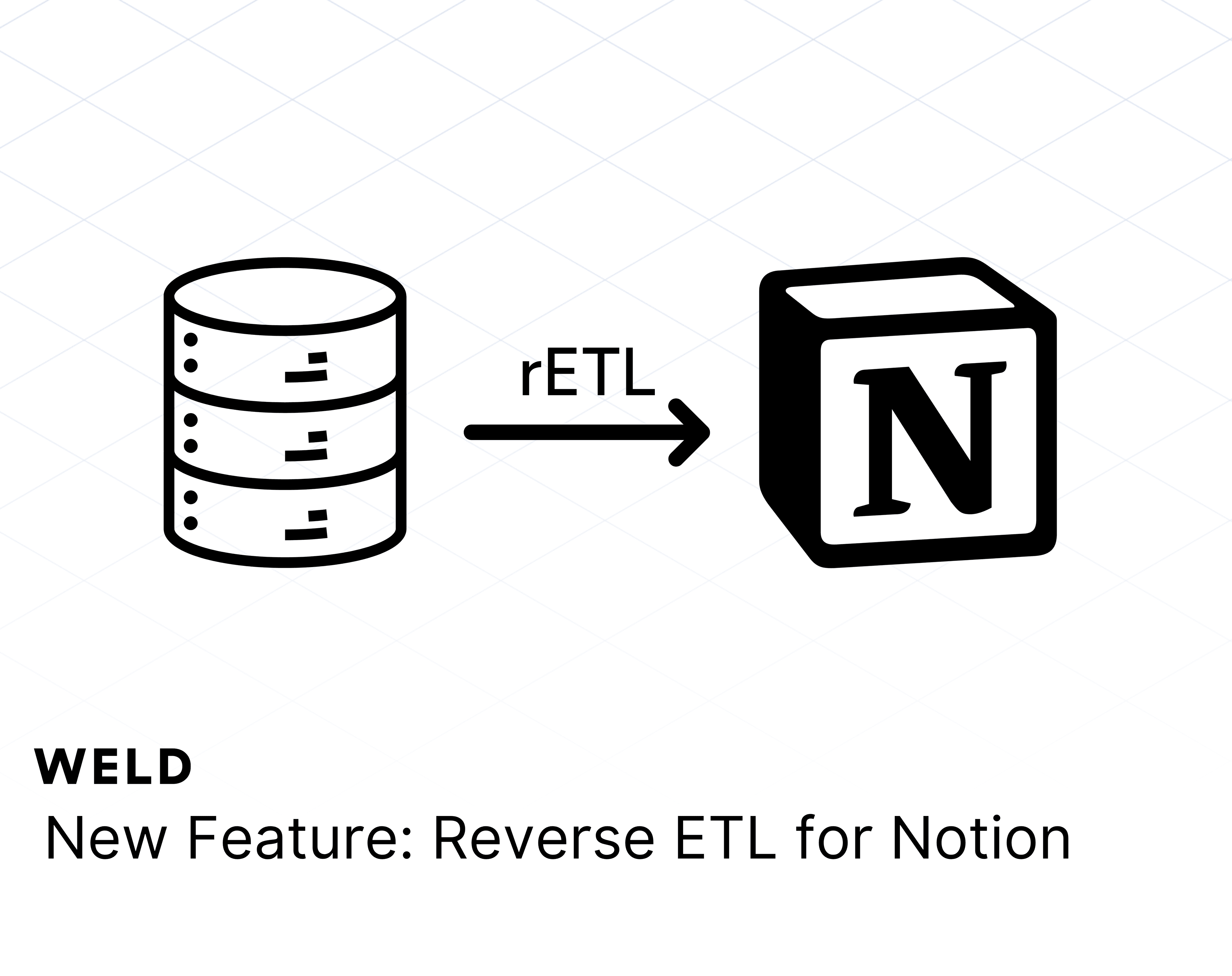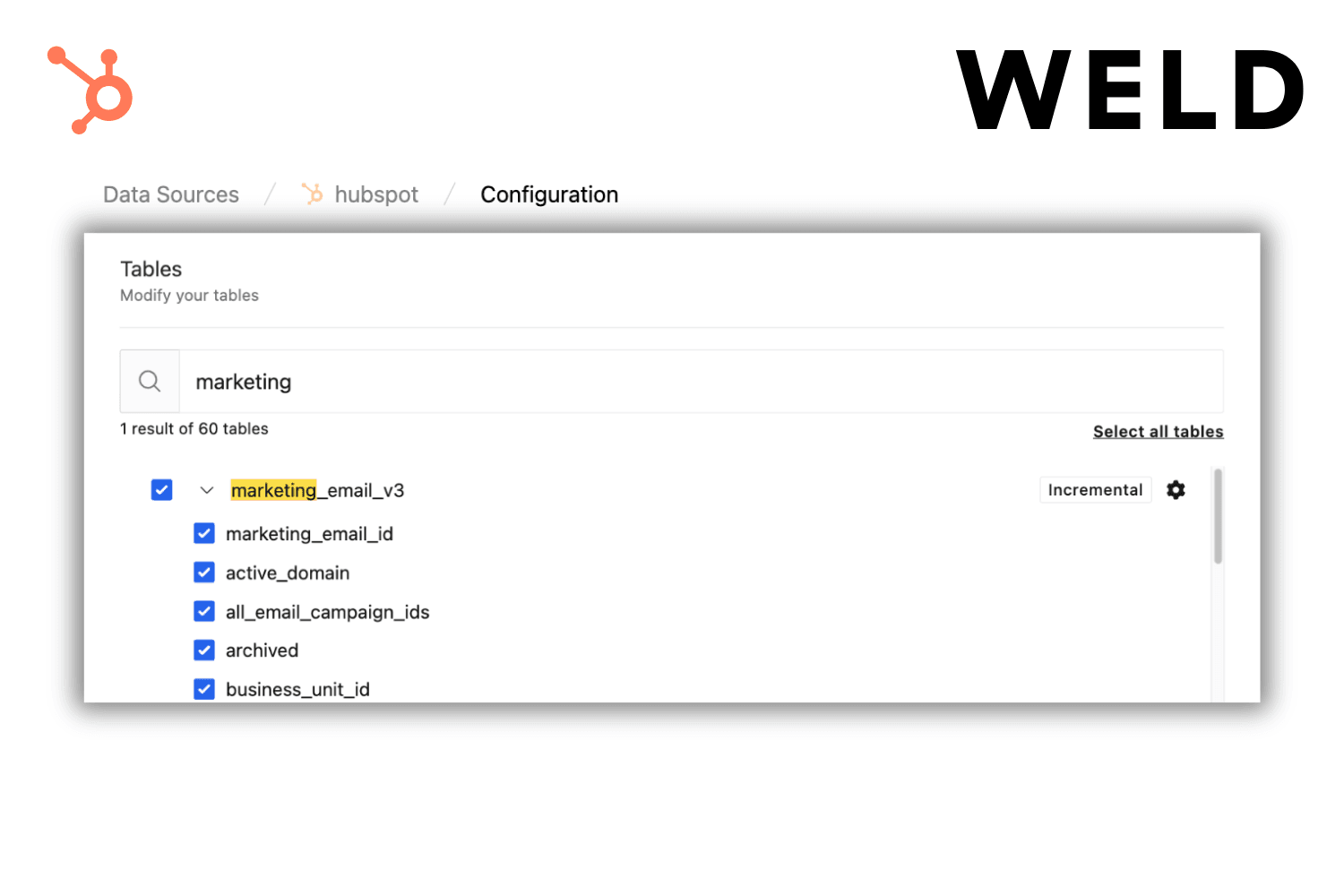What is a Data Lake?
A guide to modern data storage (and when to use it)
In today’s data landscape, most companies don’t have a data shortage. They have a data mess. Data lives in dozens of tools, comes in all shapes and formats, and grows faster than most teams can keep up with.
That’s where data lakes come in.

So, what is a data lake?
A data lake is a centralized storage system where you can dump all your data, structured or unstructured, and decide later how to use it. Think of it as a giant container where spreadsheets, IoT sensor logs, PDFs, clickstreams, and API outputs can all live side by side, without being cleaned or modeled first.
This is what makes it different from a data warehouse. In a warehouse, data is cleaned, modeled, and structured before it’s loaded. In other words:
In a data lake, you store first, then define structure.
In a data warehouse, you define structure first, then store.
This is also known as schema-on-read (lakes) vs. schema-on-write (warehouses), a key distinction in how data is prepared and accessed.

Data lake vs. data warehouse: What’s the difference?
While the concepts often overlap in practice, there are a few key distinctions between lakes and warehouses. Understanding these helps teams decide where their data should live:
| Data Lake | Data Warehouse | |
|---|---|---|
| Data type | Raw, unstructured or semi-structured | Clean, structured |
| Schema | Schema-on-read | Schema-on-write |
| Use cases | Machine learning, real-time analytics, archiving | BI dashboards, financial reporting, metrics |
| Cost | Cheaper to store large volumes [AWS] | More expensive per GB |
| Performance | Fast for big, messy datasets | Optimized for structured queries |
| Users | Data engineers, data scientists | Analysts, business teams |
These distinctions are echoed in IBM’s comparison and highlight why many organizations actually use both lakes and warehouses as part of their modern data stack.
When to use a data lake
So when does a data lake make sense? In practice, they’re a good fit when:
- You need to store large volumes of raw data at low cost
- Your team works with unstructured formats (logs, images, clickstreams)
- You’re training or experimenting with machine learning models
- You need to retain raw data long-term for compliance or audit purposes
- You want to delay modeling until you understand how the data will be used
As TechTarget points out, this flexibility gives teams more freedom to experiment and innovate, but it also comes with risks.
The risk: when lakes become swamps
The biggest drawback of data lakes is that without governance, they can quickly turn into data swamps, messy, unstructured dumps that are hard to navigate and nearly impossible to trust.
This usually happens when data is ingested without metadata, ownership, or consistent governance. According to Gartner, maintaining catalogs, lineage, and clear documentation is essential to prevent this. Otherwise, the very flexibility of a lake becomes its weakness.
How Weld fits in
While Weld isn’t a data lake itself, we work with teams that rely on them every day. Our platform helps data teams move and model data from 200+ sources, whether that’s into a data warehouse, a lake, or both.
With Weld, you can:
- Extract and sync data from tools like HubSpot, Shopify, Stripe, and Google Ads
- Use AI to create custom metrics from raw data
- Push modeled, clean data into any warehouse or lake destination
By combining the flexibility of lakes with the structure of warehouses, we help ensure that your data, wherever it’s stored, stays reliable, connected, and ready to drive analytics and AI.












